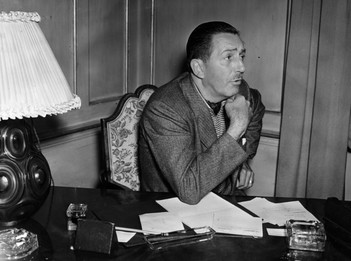
Many of the companies that embark on a lean journey, in my opinion, seem to show interest in lean tools when they are convenient, and then the efforts fade away. Lean thinking has been mainstream for more than a decade and there are thousands of people who have been trained and understand lean principles. So why is it surprising to me that less than 20% of those who start only have limited success? The other 80% scrap the effort completely!
Lean is often introduced into manufacturing and gains some quick wins using common tools out on the shop floor. The effort eventually begins to get resistance when it requires support from the other functions as the implementation process moves to the next level. Most often top leadership either does not understand it or is unwilling to embrace the philosophy of servant leadership. Many managers have trouble letting go of some control, allowing front line leaders to make mistakes and learn how to wield the tools of Lean. The lean initiative fades as management loses faith and committed people are reassigned or attrite over time. Short term fiscal priorities become the order of the day and the Lean infrastructure is converted to a “go see what’s wrong” in this department/process.
Here are some of the reasons I believe this lean fanfare-and-fade phenomenon happens. These are a few of my observations, I’m sure others could add to this list.
- Not adopted as a business philosophy
- Support not in place (servant leadership)
- Managers who are not committed are allowed to quash efforts
- Use of “tools” only
- All functions aren’t committed or involved
- Good for the plant, but not for senior leaders (it has to start at the top)
- Home run mentality
When you apply root cause analysis, the reason why the implementation of lean fails at most companies is culture. Not Japanese vs. American, but corporate culture and how committed the company is to the effort. Leadership MUST lead the effort. What most leaders fail to realize is that lean is a management philosophy, not simply a collection of tools for material problem solving. And, most corporate leaders either do not understand its value or do not have the patience and control to implement it. Slow, steady continuous improvement does not lead to immediate recognition, quick promotions or soaring share prices. Successful implementation requires something that is very rare in both people and organizations: constancy of purpose. However, if you stick with it, it is amazing how the little day-to-day improvements add up over time; after a few months, you look back and realize how much has been accomplished.


 RSS Feed
RSS Feed
